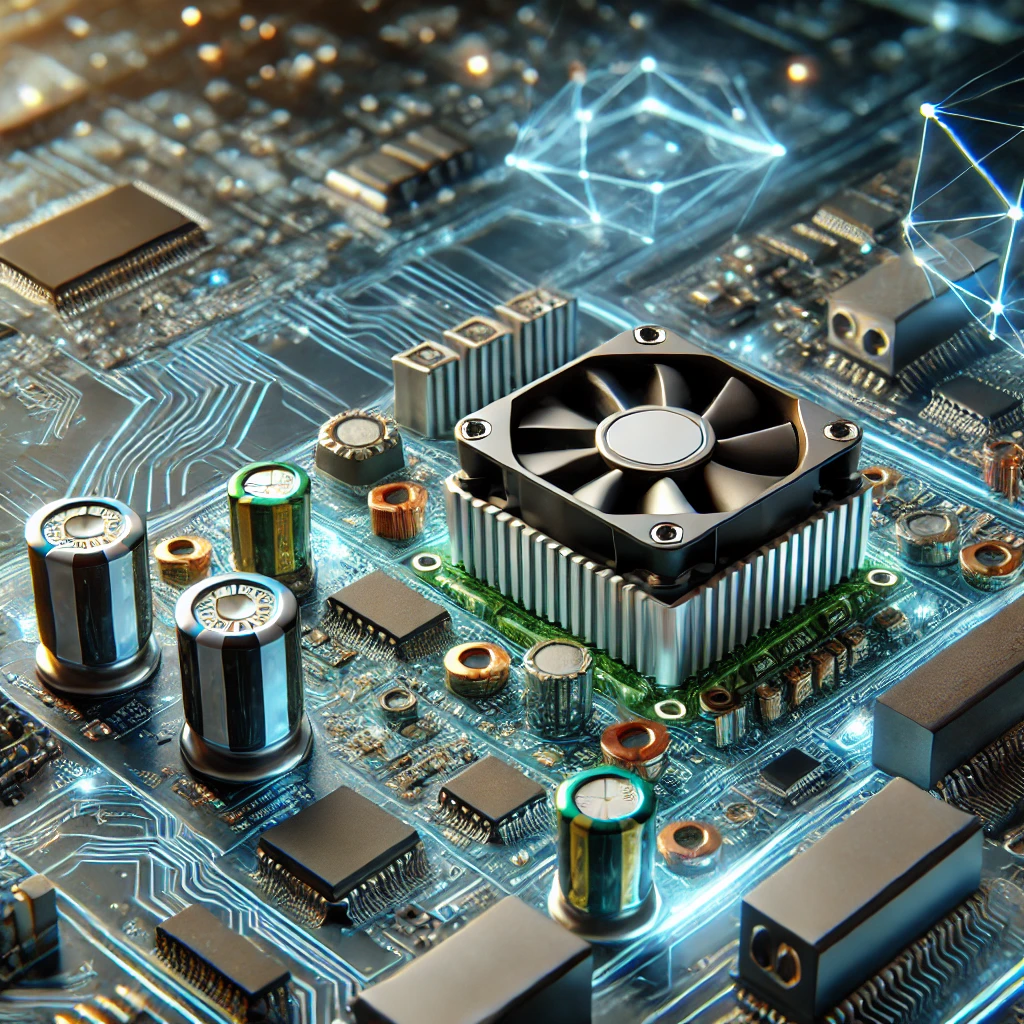Power Electronics for Digital Devices
Introduction
Power electronics is a branch of electrical engineering that deals with the conversion, control, and management of electrical power using semiconductor devices. In digital devices, power electronics plays a critical role in providing efficient power supply, voltage regulation, and energy management. With the increasing demand for portable and high-performance digital devices, power electronics has become an essential technology for optimizing energy consumption and improving overall performance.

Quality of Power Electronics in Digital Devices
The quality of power electronics in digital devices is determined by factors such as efficiency, reliability, power density, thermal management, and response time. High-quality power electronics ensure:
Stable power supply to prevent fluctuations.
High efficiency to reduce energy losses.
Compact size for integration into small digital devices.
Fast response time to handle dynamic power demands.
Importance of Power Electronics in Digital Devices
Power electronics is crucial for digital devices due to the following reasons:
1. Energy Efficiency: Helps in minimizing power loss and improving battery life.
2. Voltage Regulation: Ensures stable voltage supply to protect sensitive electronic components.
3. Compact Design: Allows the miniaturization of power supply circuits in mobile devices.
4. Improved Performance: Enables fast and reliable operation of digital circuits.
5. Heat Management: Reduces overheating, which can damage components.
Advantages of Power Electronics in Digital Devices
Enhanced Efficiency: Power electronics circuits convert energy with minimal losses.
Portability: Helps in designing lightweight and compact electronic gadgets.
Cost Reduction: Reduces power consumption, leading to lower electricity costs.
Improved Reliability: Ensures stable operation of digital devices.
Environmentally Friendly: Reduces energy wastage and contributes to sustainable energy use.
Disadvantages of Power Electronics in Digital DevicesHeat Generation: High-power conversion can lead to excessive heat, requiring cooling systems.
Complexity: Designing efficient power electronic circuits requires advanced expertise.
Electromagnetic Interference (EMI): Can cause noise in electronic systems.
High Initial Cost: Some advanced power electronics components are expensive.
Limited Lifespan: Components such as batteries and capacitors degrade over time.
Challenges in Power Electronics for Digital Devices
1. Power Management: Balancing performance and power efficiency.
2. Thermal Issues: Managing heat dissipation in compact designs.
3. Miniaturization: Reducing the size of power electronics while maintaining efficiency.
4. Battery Technology: Improving battery life and performance.
5. Cost Efficiency: Reducing production costs while maintaining quality.
6. Regulatory Compliance: Meeting international power efficiency and safety standards.
Conclusion
Power electronics is a fundamental technology for digital devices, enabling energy efficiency, stability, and performance. While challenges such as heat generation and high costs exist, continuous advancements in semiconductor technology, cooling systems, and power management solutions are helping to overcome these obstacles. As digital devices evolve, power electronics will continue to play a vital role in improving their efficiency and sustainability.

